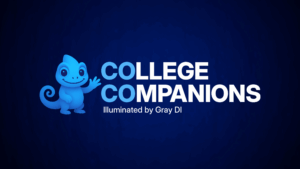We have a great deal to be optimistic about in higher education. For one, most state budgets didn’t fall much and the federal government just gave them billion dollar booster shots. The U.S. economy is poised for a boom, led by federal spending and pent-up consumer demand.
Optimistic Outlook for Higher Education
Neil Irwin of the New York Times inspired this optimism with his article “17 Reasons to Let the Economic Optimism Begin.” He describes past recessions that gave us every right to be skittish about recoveries. “… a mild recession was followed by a weak recovery followed by a financial crisis followed by another weak recovery followed by a pandemic-induced collapse…an economy in which a persistently weak job market has left vast human potential untapped, helping fuel social and political dysfunction.”
This time is different, Irwin stresses, and gives 17 reasons why we are facing a boom that will come at dizzying speed. He cites the example of technological advancement, which he believes is “like the old ditty: ‘Shake and shake the ketchup bottle. First none will come out and then a lot’ll.’” (sic) For example, in our view, artificial intelligence applications will be democratized (accessible to the average person) and this will lead to breakthroughs in everything from student retention to self-driving vehicles.
What You Need to Know to Get Ready for the Economic Boom
The boom will likely accelerate changes in student demand. Online will decline a bit, but is likely to exceed pre-COVID-19 levels. Potential students will go back to work, which could hurt enrollment of adult learners. But employers will need more people and higher-level skills. Growth will give employers the money to pay for education. They are likely to favor shorter, skill-specific courses which will likely accelerate the trend towards less than degree programs.
New pandemic-led technology, academic program innovation, and online course delivery have made programs more efficient and more scalable. These developments give all institutions great opportunities for growth. There will be competition for all types of students everywhere from both traditional and nontraditional institutions. Those who are prepared to launch different types of programs will be able to aggressively pursue these opportunities. Don’t let them pass you by. Start getting ready now. While it may seem prudent to “sit and wait,” slow-moving leaders will likely watch the boom pass them by.
Are you ready?




